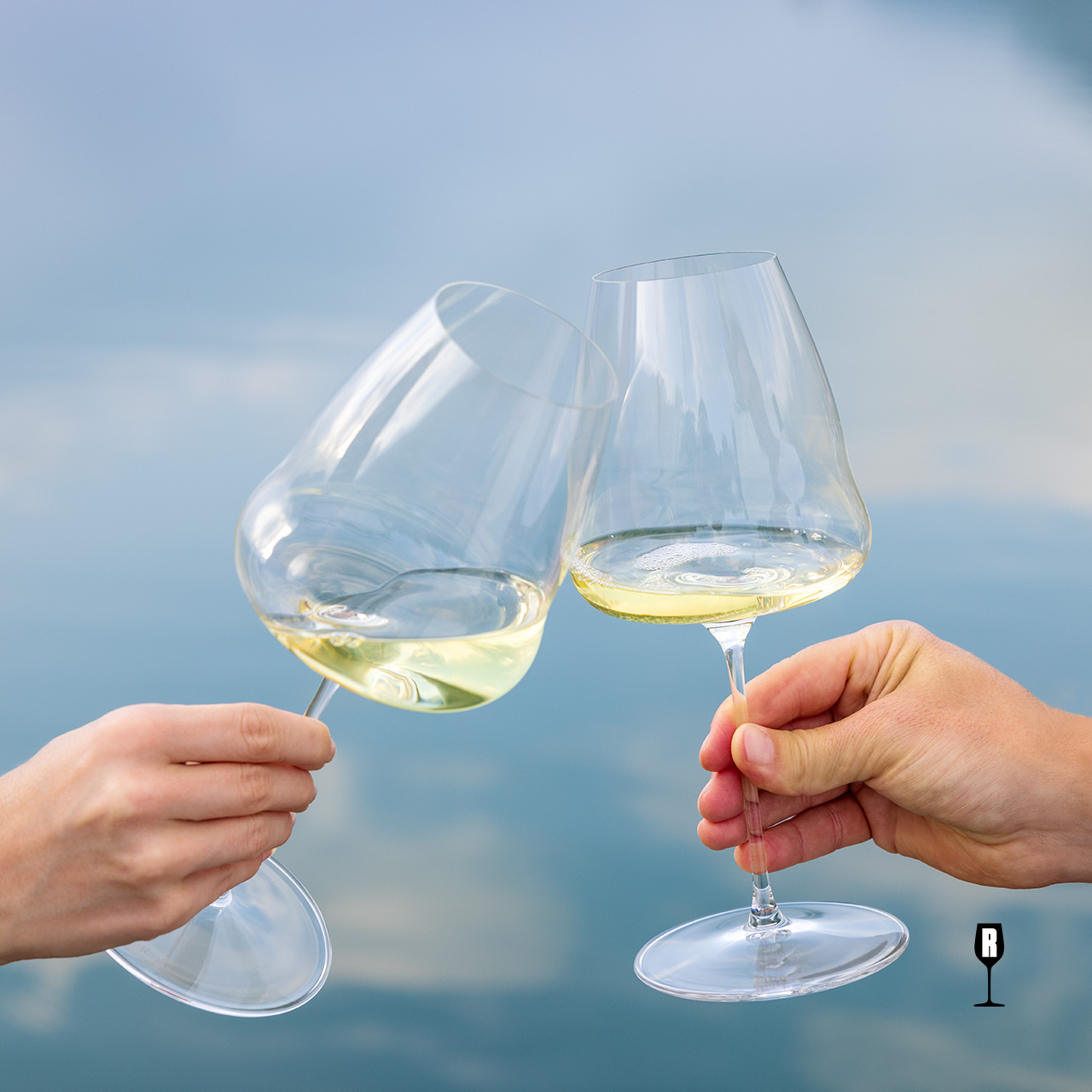Investigating the art of glassware with Riedel

In this data-rich world we live in, science tends to dominate contemporary thinking. And for all of its custom and traditions, the wine industry is no stranger to the fingerprints of research, artificial intelligence and technology. Modern winemaking is a calling that involves as much science as it does, art. Even the artisan and traditionalist vintners, for all their love of heritage and folklore, will still measure, record and apply data and science to the extent that seasonal variations permit in their endless pursuit of the holy grail of their craft. But against this industry background of applying science in the quest for oenological perfection, it surprises me that producers, distributors and retailers do so little to educate the wine consuming public about the importance of glassware in enhancing the wine consumption experience.
Scholars and experts seem to disagree on the precise extent to which the sense of smell contributes to what we recognise as taste, but the “real” contribution that a sense of smell makes to recognition of flavour sits somewhere between 60 and 90%; depending on who you listen to. There’s a consensus between the experts that the olfactory receptors of the nose dominate the gustatory sense organs of the tongue – meaning that our perception of food and drinks is primarily formed by what we smell. Hence the winemaking focus on the “nose” of a wine. So why is it that we as wine consumers buy beautifully built wines of style, charm and elegance yet pay little attention to the glass that we serve it in? And why is it that no-one seems to educate us on the importance of using the right glass for the perfect wine?
Glassmaking is a trade that traces its history about 3600 years, having most likely originated in Mesopotamia. In modern history, perhaps the dominant manufacturer of wine glassware is Riedel – a family enterprise that started 266 years ago in Bohemia in what is now the Czech Republic. Over 11 generations, the family business has honed their craft applying modern science to an ancient craft to make vessels that befit a wine-drinking king or queen! It was back in 1986 that George Riedel crafted the Vinum series – a collection of glasses designed to suit individual varietals. And since then, science has informed ongoing improvements in the size, style, contour and shape of the most important of wine-imbibing tools. The Riedel ideology makes sense – you need a different glass depending on the style of wine being consumed so as to best showcase its taste, balance, finish and bouquet.
So, my tips:
- Never pour a quality wine into a thick rimmed, short and stocky glass as you need a larger surface area and bowl to allow the aromas from the wine to present to the olfactory sensors;
- Make sure your glass is clean – dust has a strong taint that will kill the wine’s aroma;
- A thinner rim will almost always improve the wine drinking experience;
- Fill your glass to the widest point in the bowl so as to optimise the surface area available for the bouquet to present itself; and
- Don’t over-chill the wine as you’ll get a lot more on the nose if you allow it to warm a little.
Buying and collecting wine can be an expensive hobby, so if you ask me, when it’s time to pull the cork or crack the stelvin of that special bottle you’ve been saving, make sure you invest in decent glassware as there’s nothing that destroys value faster than drinking good quality wine from that stubby little goblet that your cousin stole from his local RSL!
As published in The Courier Mail